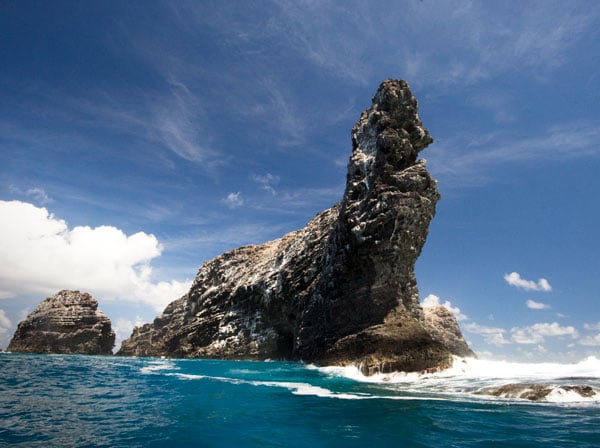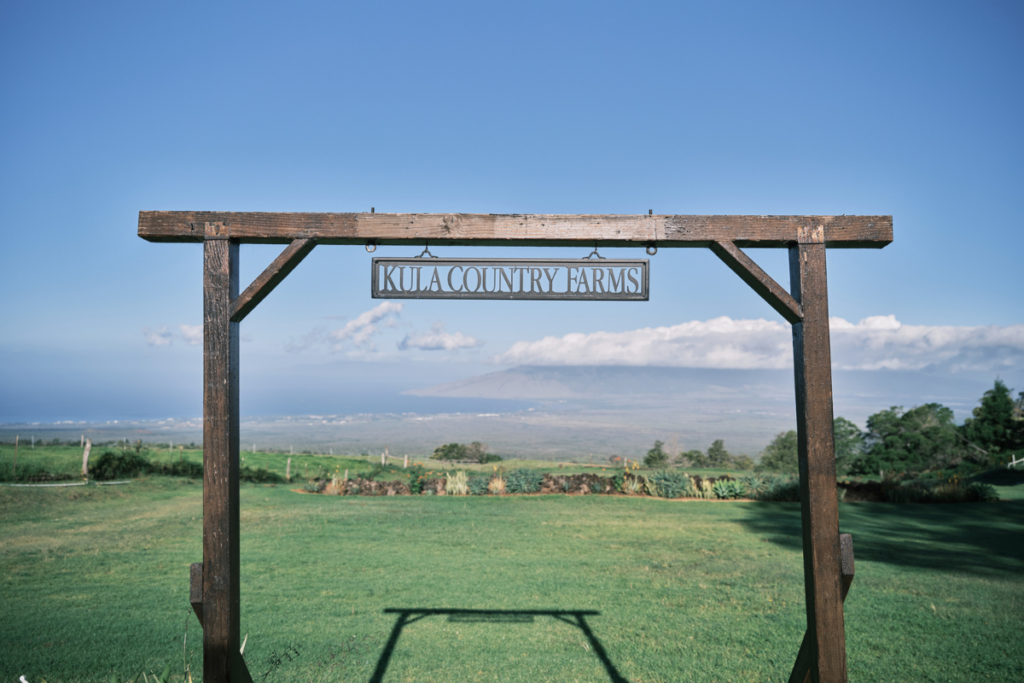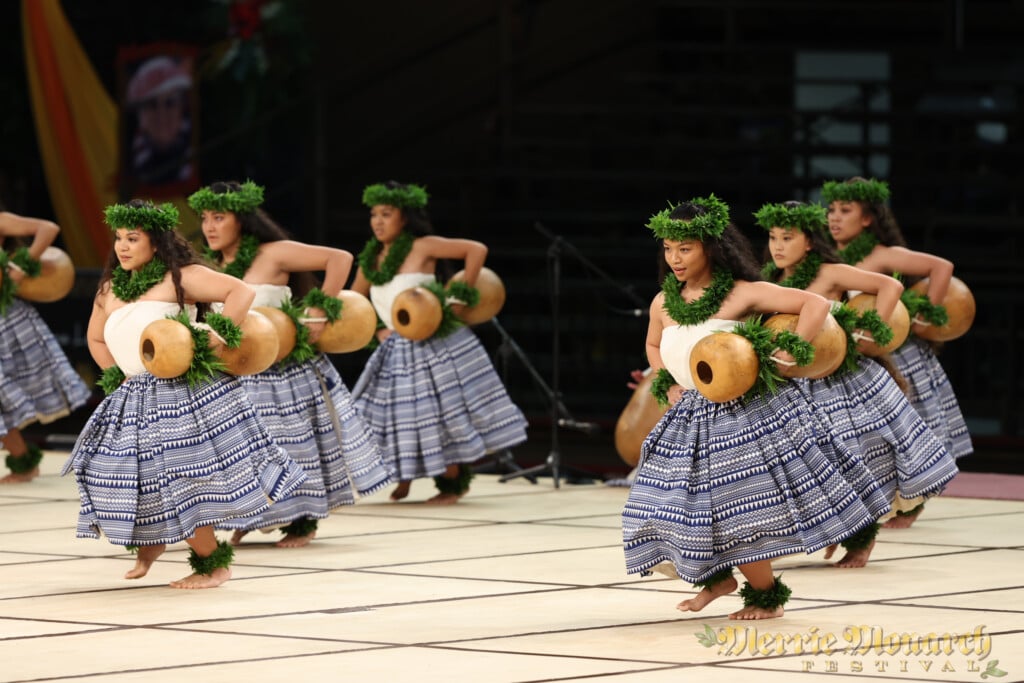This potential Papahanaumokuakea Marine National Monument expansion will make it the largest protected area on the planet

In September 2014, President Barack Obama signed a proclamation to expand the Pacific Remote Islands Marine National Monument (PRIMNM) south of the main Hawaiian Islands, currently the largest marine reserve in the world.
Now, an environmental group is encouraging the President to use those same executive powers to expand another reserve, Papahanaumokuakea Marine National Monument (PMNM), that protects the waters around the uninhabited Northwestern Hawaiian Islands from its recognized extent of 50 nautical miles from the Islands’ shores all the way to the United States’ exclusive economic zone (EEZ) at 200 nautical miles.
That expansion would take PMNM from its current 139,818 square miles—an area larger than all of the country’s national parks combined—to a potential expansion zone of 625,325 square miles, designating it as the new largest protected marine area in world. (By comparison, PRIMNM protects 491,000 square miles of ocean.)

Last week, a delegation from the White House Council on Environmental Quality traveled to Hawaii to meet with proponents from the Northwestern Hawaiian Islands Native Hawaiian Cultural Working Group, the group behind the push, to discuss conservation details. The proposed expansion is not about the battle for giant marine reserve bragging rights, but, the group says, to preserve marine resources, that aren’t protected by the existing boundaries. The waters in the expanded area currently host scores of commercial fishing ventures and could soon be a target for underwater mining.
It’s also about preserving Native Hawaiian culture. Marine resources, eroded over time by competing uses, have been fundamental to the way of life of the Native Hawaiians for centuries and the region has long been important to the Hawaiian cultural identity. In light of this, the new proposal designates the Office of Hawaiian Affairs as a co-trustee should the marine national monument expansion go through.
The PMNM, formed in 2006 by then President George W. Bush, already protects 70 percent of all of the coral reefs in the United States and more than 7,000 species of fish, turtles, marine mammals, invertebrates and sea birds that depend on them. Twenty-five percent of these species are found nowhere else on the planet. The new expansion would not only provide a larger buffer and space for those species, but also protection for open ocean landscapes including seamounts, submerged reefs and sunken Islands, the domain of pelagic fish like tuna and deep water black coral, the official state “gem.” Scientists have recently discovered that one species of black coral found in the proposed expansion area can live for more than 4,200 years. And, the wreck of the USS Yorktown, sunk in the battle of Midway, and other historically significant battle remnants lie on the seafloor of the proposed expansion area.
The group behind the cause, the Northwestern Hawaiian Islands Native Hawaiian Cultural Working Group, includes Native Hawaiian community leaders, nationally prominent marine scientists, local pono fishermen (a phrase used to describe smaller-scale fishermen concerned with conservation) and conservationists. Group representatives handed over 43,000 signatures after just two weeks of petitioning, as a show of their other support to the visiting delegation last week. But, not everyone is in favor of the expansion. Some commercial longline fishermen who use the waters beyond the current PMNM boundary to harvest their catch have voiced opposition to expansion efforts, though, the waters around Kauai and Niihau would be exempt.
Organizers say they hope for a decision at the World Conservation Congress, which will be held in Honolulu this September.
To follow expansion efforts and to learn more, visit the Expand PMNM Facebook page. Papahanaumokuakea Marine National Monument is a mouthful! The name refers to the merging of the Hawaiian earth mother and sky father. Click here to hear how to pronounce it properly. And here to hear a more detailed explanation of its meaning.


